Search

Grape Jam
Try this research-tested recipe for grape jam courtesy of the National Center for Home Food Preservation.
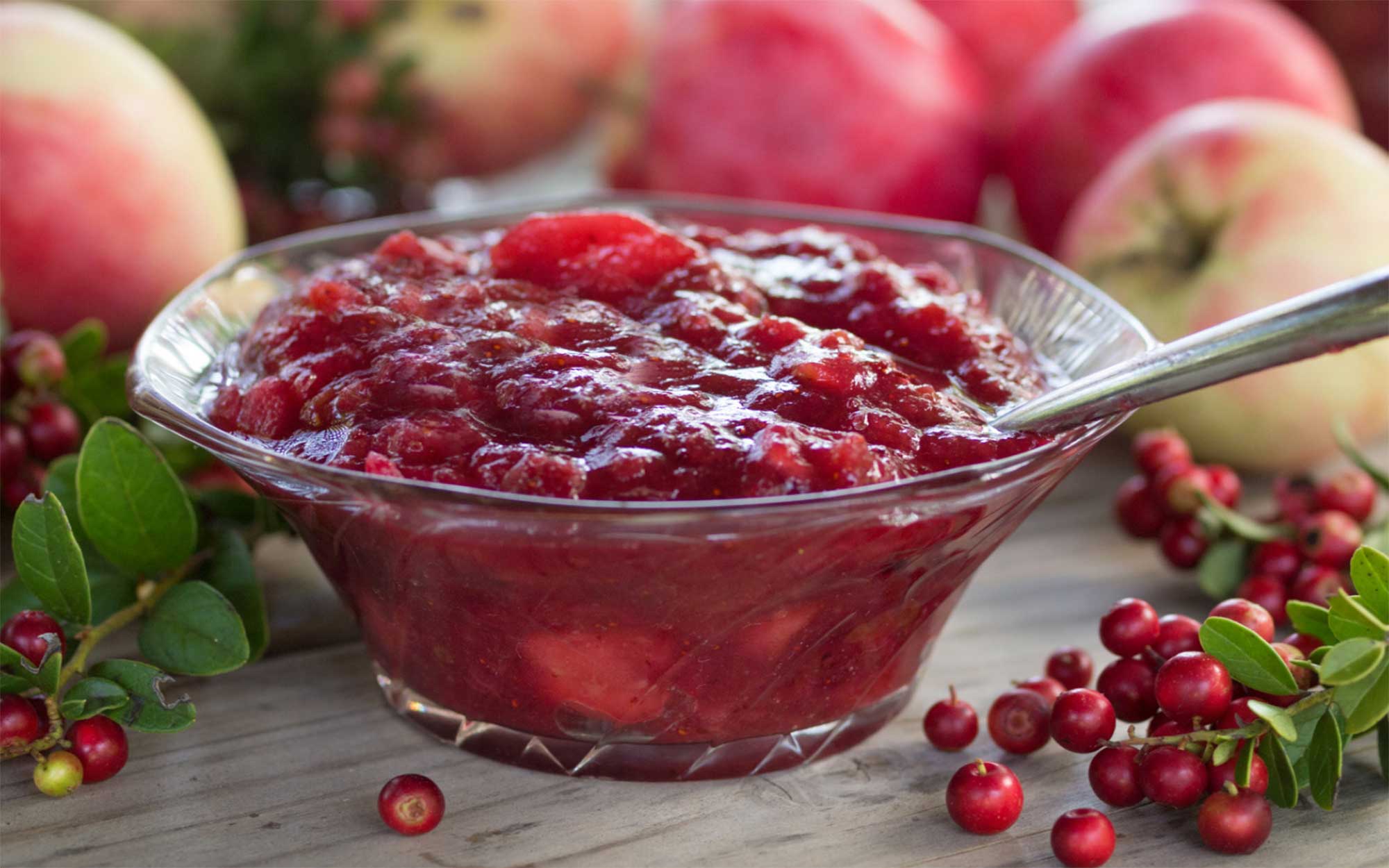
Mixed Fruit Jelly
Try this research-tested recipe for mixed fruit jelly courtesy of the National Center for Home Food Preservation.
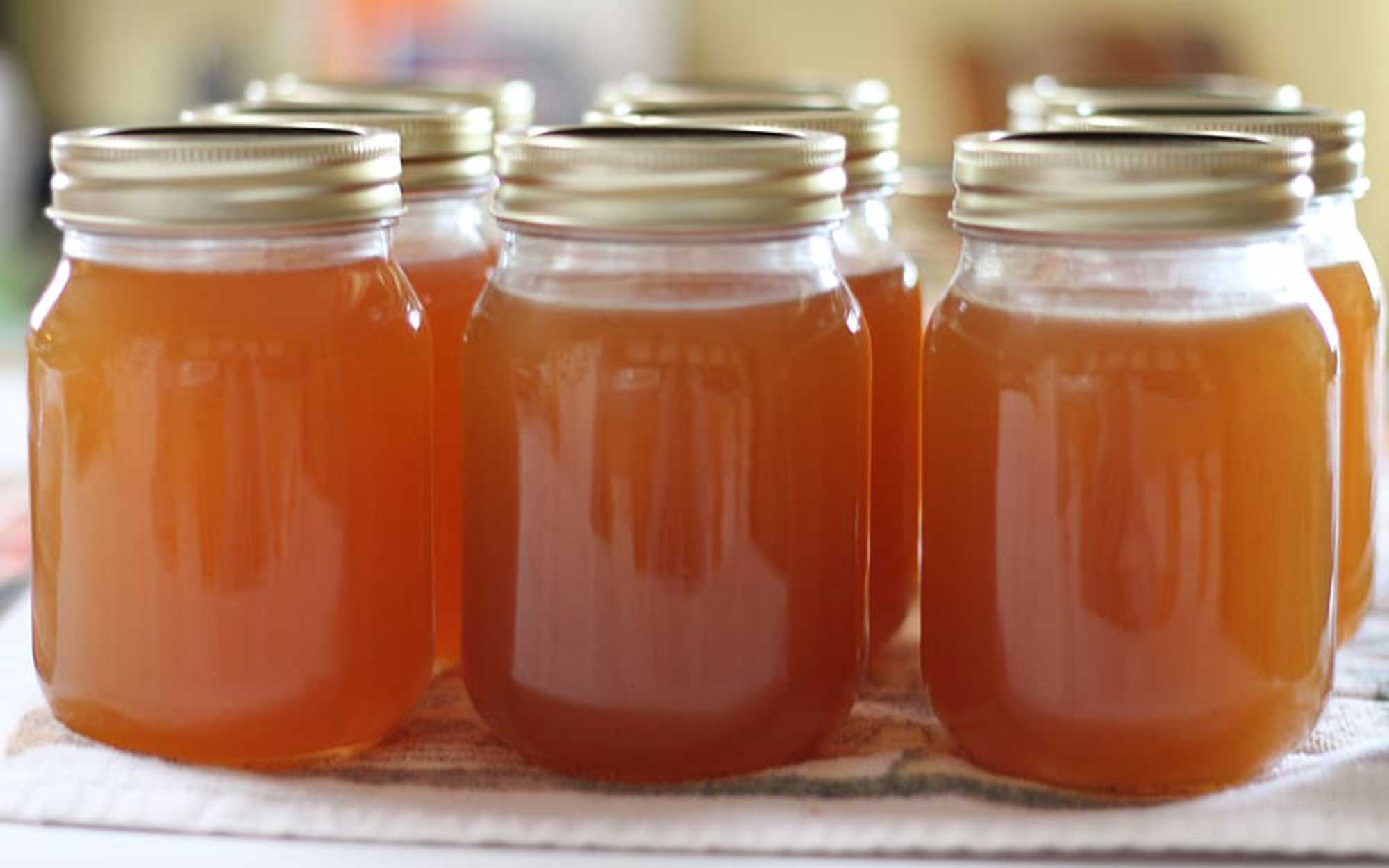
Reduced-Sugar Apple Jelly
Try this research-tested recipe for reduced-sugar apple jelly courtesy of the National Center for Home Food Preservation.
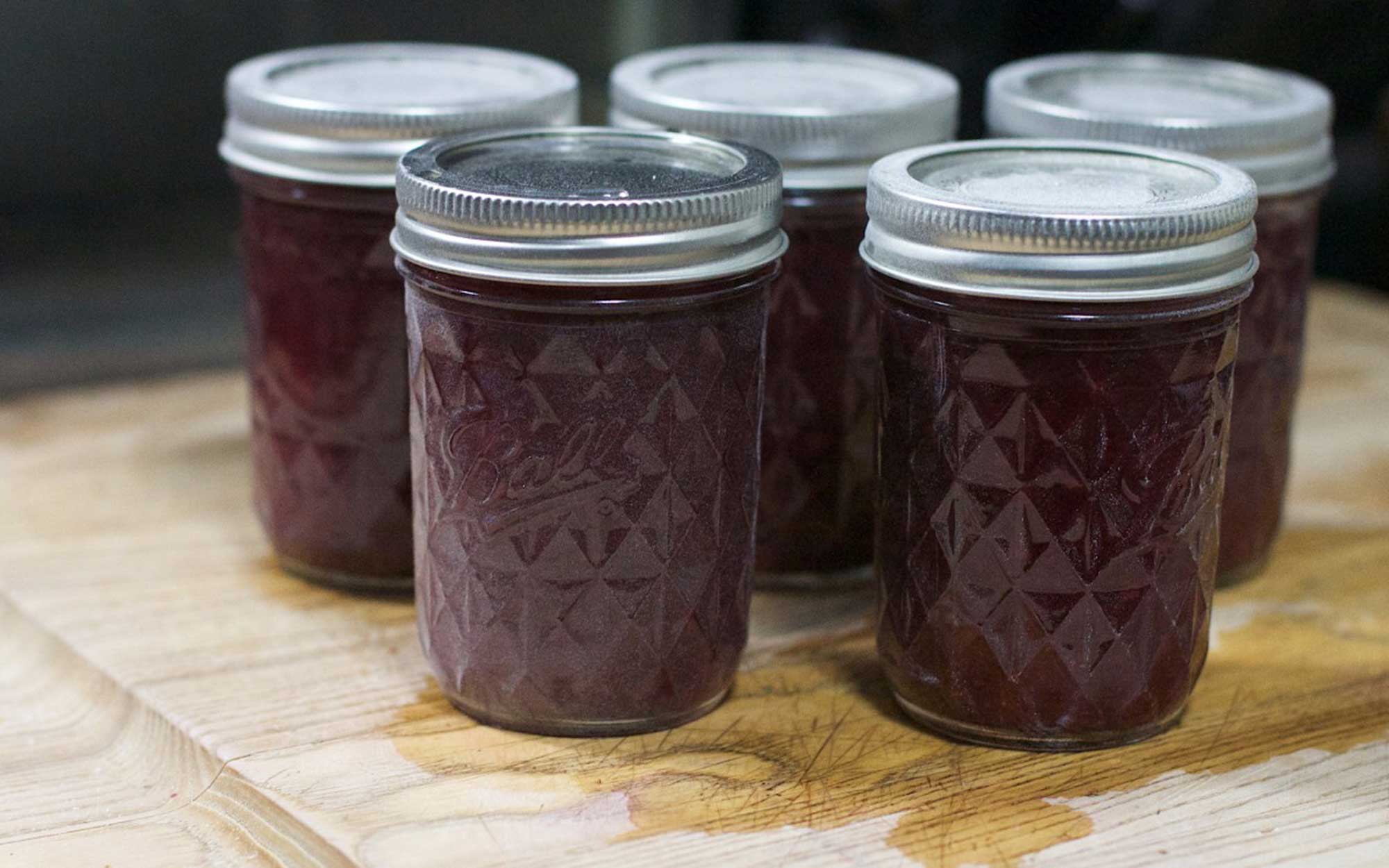
Reduced-Sugar Grape Jelly
Try this research-tested recipe for reduced-sugar grape jelly courtesy of the National Center for Home Food Preservation.
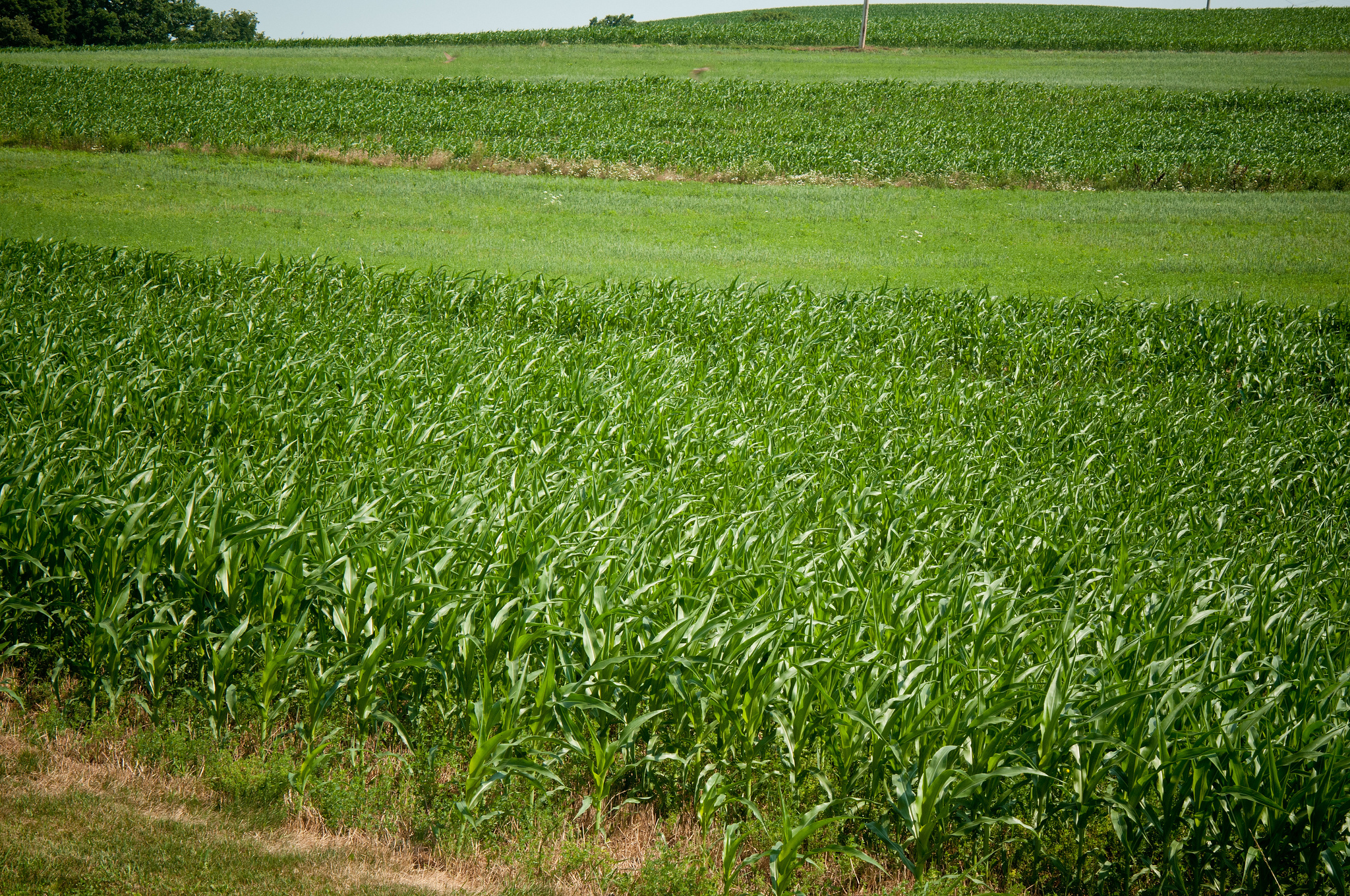
Crop Diversification Potential: Improving Soil Health & Farm Profitability
Two-year corn-soybean rotation coupled with heavy chemical inputs has become the routine practice of agricultural production in the Midwestern United States. According to USDA/NASS data, corn and soybean prices received by producers in South Dakota both reached the peak levels of $7.39 and $16.00 per bushel, respectively, in August, 2012.

Soybean Gall Midge in South Dakota
Fact sheet about soybean gall midge in South Dakota
Aphanomyces Root Rot of Alfalfa
Fact sheet on Aphanomyces Root Rot of Alfalfa
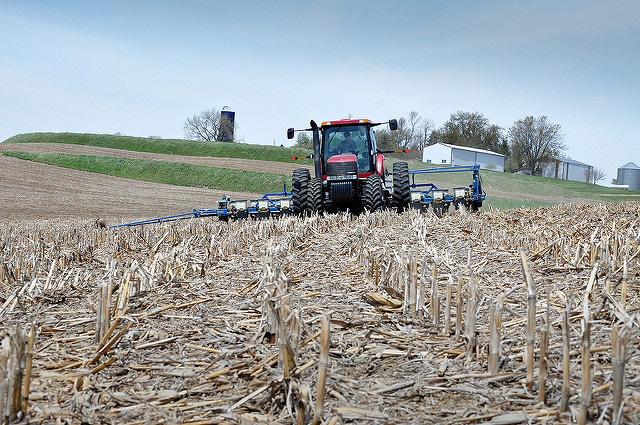
Project to Study Soil Health Economics in South Dakota
Soil degradation has become one of the most pressing global issues, because of its adverse effects on world food security, environment and quality of life.
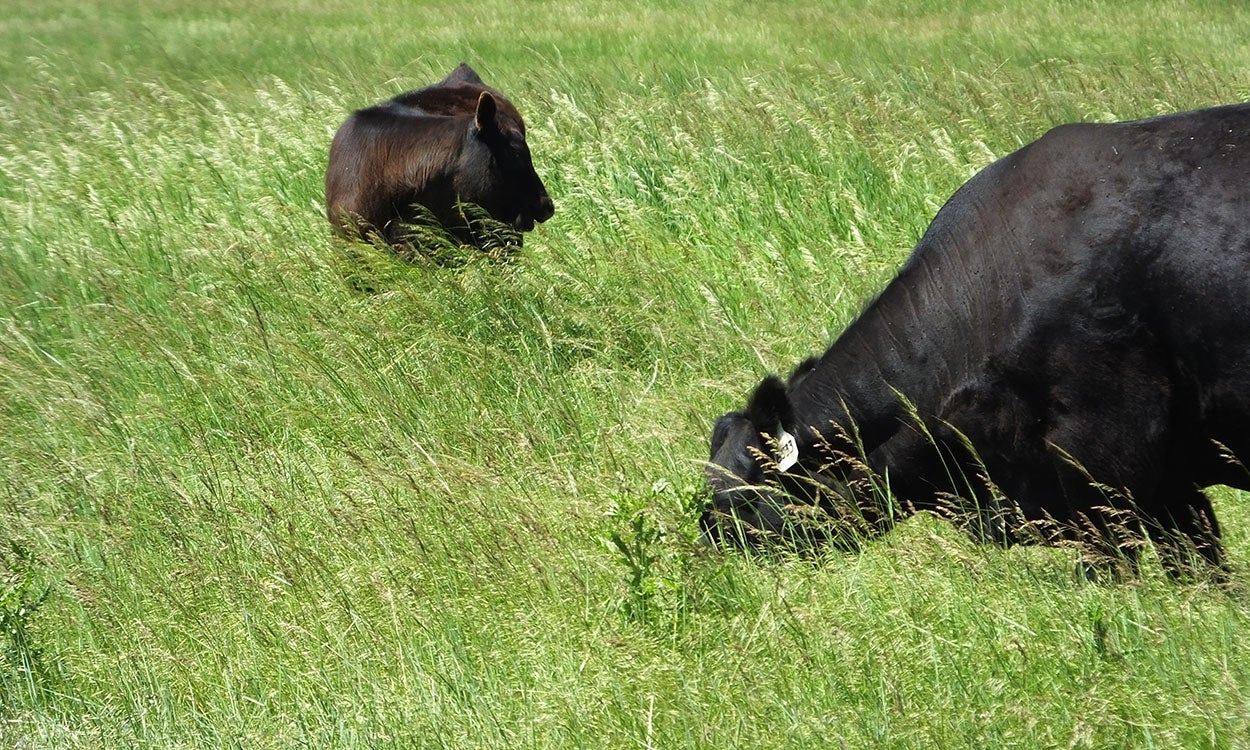
Grass-Fed Beef: Understanding Terminology in Conventionally Raised Beef and Grass-Fed Beef
What makes grass-fed beef different from conventionally raised beef? This is perhaps the most-common and sometimes most-complex question that arises amongst those hoping to understand the similarities and differences between conventional and grass-fed beef.

Grass-Fed Beef: Market Share of Grass-Fed Beef
So, how significant is the grass-fed beef industry in America? About four percent of U.S. beef retail and food service sales is comprised by grass-fed beef with a value of roughly $4 billion.